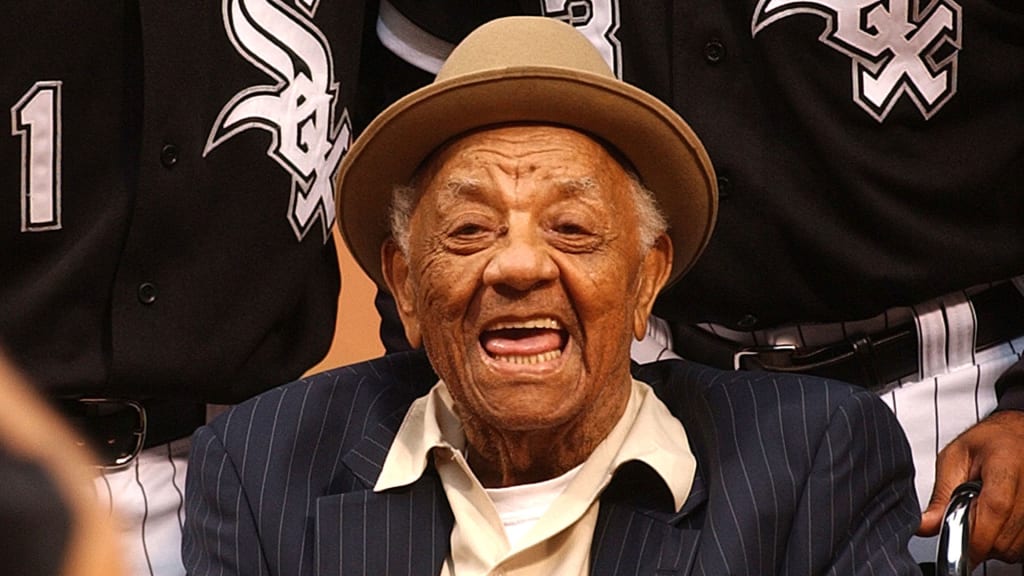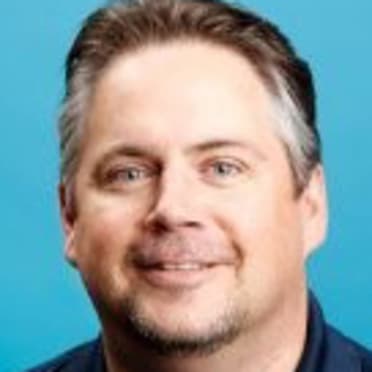
Shohei Ohtani became a baseball sensation for his ability to dazzle on the mound on one day and drill home runs on another. What, then, should we make of a player who could do both on the same day -- and erase a baserunner or two?
Ted “Double Duty” Radcliffe earned his nickname through displays of baseball durability and versatility rarely seen. He often would catch a full nine innings in the first game of a doubleheader and then pitch a complete game in the nightcap.
“He was a great defensive catcher, one of the best ever,” the late Dodgers pitcher Joe Black told reporter Michael Bamberger for a Sports Illustrated profile in 2002. “Always talking to the hitters, distracting them, always encouraging his pitchers, never negative. He was a good pitcher, with a nice little breaking ball, and he could always hit.”
Black competed against Radcliffe in the Negro Leagues, where “Double Duty” spent decades talking a good game and playing an even better one. Radcliffe played professionally from 1919-54, ranging from Major League level of the Negro Leagues to foreign leagues to segregated Minor Leagues to integrated independent leagues.
In that 2002 interview, Black rated Radcliffe as the Negro Leagues player most deserving of induction into the Baseball Hall of Fame who wasn’t already in.
"He should be in the Hall," the late Negro Leagues player Buck O’Neil concurred in a 2005 interview with Chicago sportswriter Dave Hoekstra. "‘Double Duty’ was good enough. He was a good hitter, and he had hard stuff as a pitcher.”
Radcliffe’s story is inseparable from that of the Negro Leagues. He played on the sandlots of Mobile, Ala., with Satchel Paige and was roommates with Jackie Robinson on the 1945 Kansas City Monarchs. In between, he was a key player on some of the best teams in baseball history.
Radcliffe’s teammates on the 1930 St. Louis Stars included Cool Papa Bell. On the 1931 Homestead Grays, Radcliffe played alongside Josh Gibson, Oscar Charleston and Smokey Joe Williams on a star-laden club. The following year, Gibson, Charleston and Radcliffe moved to the Pittsburgh Crawfords, where they were joined by Bell and Paige.
The Great Depression was a period of instability in the Negro Leagues, as circuits folded and others emerged. Radcliffe was ready to answer the call of any team in need of his services. His bio from the Negro Leagues Baseball Museum lists the following stops:
Detroit Stars (1928-29, ’31); St. Louis Stars (1930); Homestead Grays (1931, ’33, ’36, ’46); Pittsburgh Crawfords (1932); Columbus Blue Birds (1933); Cleveland Giants (1933); New York Black Yankees (1933); Bismarck (1934-35); Chicago American Giants (1934, ’41-43, ’49-50); Brooklyn Eagles (1935); Cincinnati Tigers (1936-37); Memphis Red Sox (1938-39, ’41); Mexican League (1940); Birmingham Black Barons (1942-46); Kansas City Monarchs (1945); Harlem Globetrotters (1947); and Louisville Buckeyes (1949).
And that doesn’t include barnstorming, winter ball, semi-pro and independent leagues.
“I never had a job in my life but baseball,” Radcliffe told former Commissioner Fay Vincent in a 2002 conversation documented by the Society for American Baseball Research. “I made my money. God has been good to me. I was lucky enough to come along and make a good salary. I was fortunate to be able to pitch and catch, and I could hit. So a lot of people wanted me.”
Radcliffe became a two-way player in 1929, when the Detroit Stars’ pitching staff was hit by injuries late in the season and needed a fresh arm. He became “Double Duty” three years later, when legendary writer Damon Runyon witnessed the Crawfords face the New York Black Yankees in a doubleheader at Yankee Stadium.
Radcliffe caught Paige’s shutout in the first game and then threw one of his own in the second, prompting Runyon to conjure the nickname. (The opponent varies, according to the account, though New York is consistent as the locale.)
“Satchel beat them 3-0 and gave up two hits,” Radcliffe recalled in 2002. “I pitched the second game. I shut them out 5-0 and gave up four hits.”
Much of Radcliffe’s statistical record is lost to history, but his biographer, Kyle McNary, researched Double Duty’s career and estimated these overall pro numbers: .303 batting average, 4,000 hits and 400 homers in 36 years. On the mound, Radcliffe mastered what he called “the scratch ball” to give him an edge. He was a Negro Leagues All-Star three times as a pitcher and three times as a catcher. Radcliffe added a third duty as a player/manager in several seasons.
Born in 1902, Radcliffe left Mobile for Chicago as a teen and called the South Side his home until his death in 2005 at age 103. He scouted for the Cleveland Indians in the 1960s and stayed close to the game throughout his retirement. Radcliffe frequented White Sox home games and was a welcomed visitor to the clubhouse. It was his custom in his later years to throw out the ceremonial first pitch on his birthday, July 7, including on his 100th birthday.

Radcliffe even came out of retirement at age 96 to start a game and throw one pitch for the 1999 Schaumburg Flyers, an independent league team in the Chicago suburbs. It bounced, but it counted, and one more line was added to Radcliffe’s career stats.
The White Sox have honored Radcliffe’s memory since 2007 with the Double Duty Classic, a celebration of inner-city high school players at Guaranteed Rate Field. It’s a fitting tribute to a player who embraced the game and had a simple formula for success.
“You’ve got to have guts; you’ve got to love the game,” Radcliffe told Vincent. “You’ve got to love what you’re doing to be successful.”
